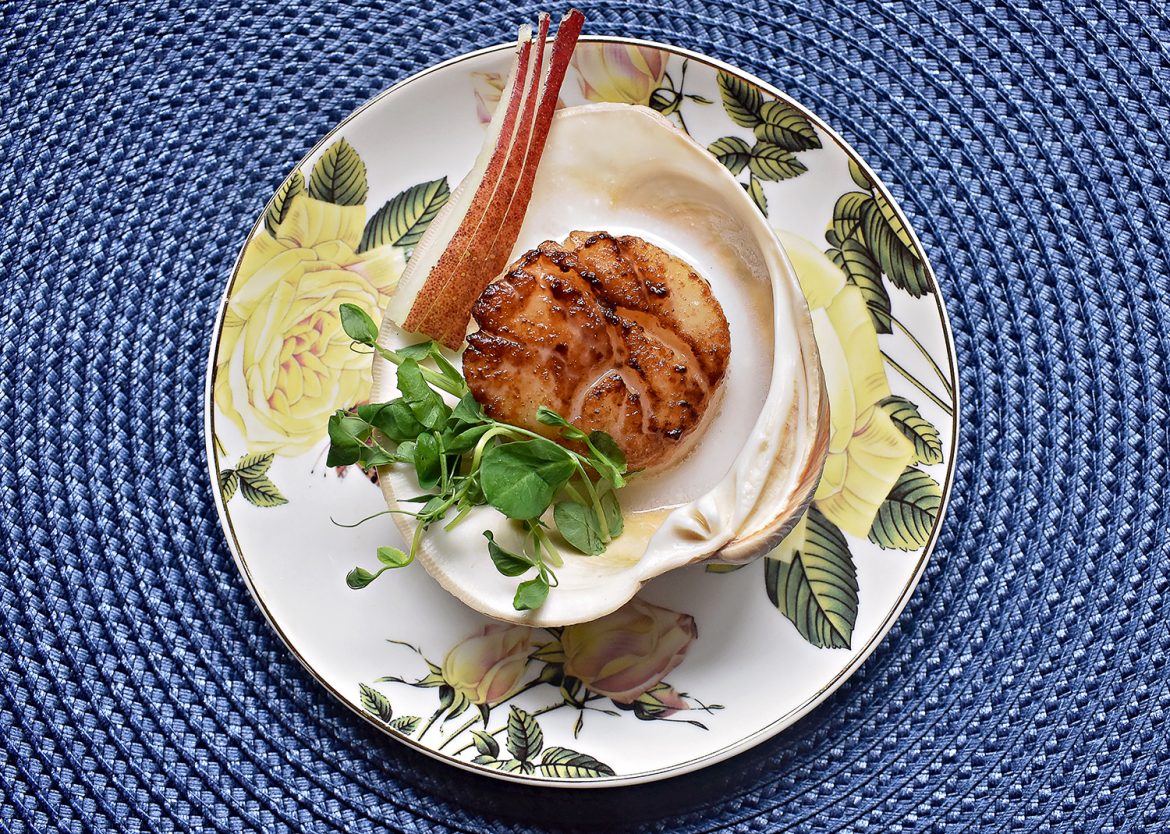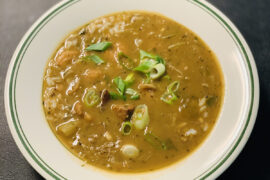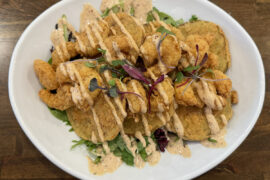For many years, I have cooked with my nose and from my memory. I could have cared less about what my final dish looked like on the plate, but one wonderful day, I had an epiphany. I began to care, and by caring I was thrown into an entirely different culinary world. Whether you have realized it or not, you eat with your eyes first, and a beautiful plate will always include that extra sense of satisfaction when placed in front of you.
Plating is an art, and your plate is your blank canvas. There are not any “set in stone” rules, but I’m here to share some guidelines I personally follow when plating my dishes.
Plan First.
Always plan your meal before considering what plate you plan to use.
Pick out the best plate to suit your needs. Your plate needs to support your dish but also include enough space so that your dish is not too cluttered.
Plate in odd numbers.
When plating multiple items on one plate, stick to three.
Play with textures and colors.
Pops of color are your best friend. For example, when plating a neutral starch and protein, use a vegetable such as green beans to break up the color palette and liven up your final plate. Adding textures to your plate helps immensely as well! Topping your protein with microgreens is always a good way to add pizzaz to your plate.
Stack your plate.
Stacking adds depth to your plating. Whether it be placing a slice of meatloaf on some creamy mashed potatoes, or adding fried leeks on top of your protein, stacking can amplify your plating instantly.
Sauce it up.
Spoons, squeeze bottles, and paint brushes are the best tools for saucing up your plate! Remember, less is more, but get creative!
Wipe it down.
After your plate is complete, make sure to wipe off any excess drips or smears.
With these tips and tricks, you will be able to hone in your own style and entice guests for years to come. Remember, practice makes perfect and less is more!
Chelsea Gieselmann is a mom, photographer, columnist, food blogger, and home-cook. Cooking has been a passion of hers since she was old enough to cut out biscuits with the mouth of a mason jar. Her great-grandmother taught her the basics and she is ever so grateful to have been able to learn from her. Since then, she has honed her craft a great deal and continues to do so.





